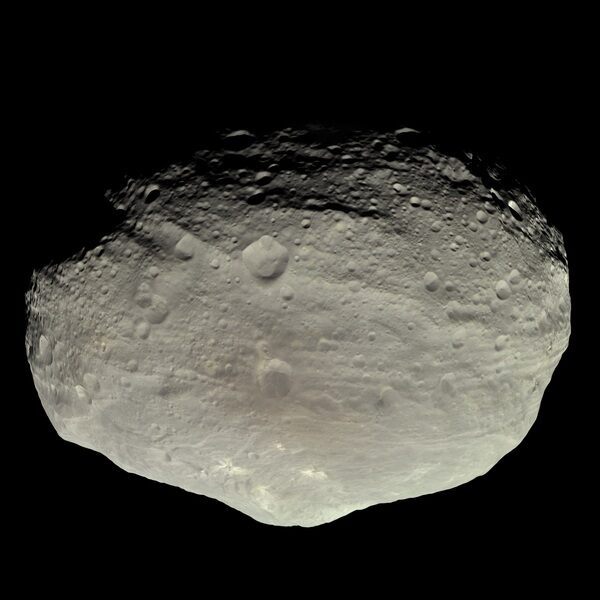.41" Diogenite Meteorite Fragment - From 4 Vesta Micro-Planet!
This is a .41" wide fragment of the diogenite meteorite known as Tatahouine, an observed fall that landed in the desert near the city of Tatahouine (Tataouine), Tunisia on June 27, 1931. And yes, it shares its name with Luke Skywalker's home planet!
The meteorite exploded into numerous small fragments all displaying beautiful olive-green, shock-deformed orthopyroxenes. The minerals present in this meteorite are about 4.5 billion years old. A truly out-of-this-world piece!
This specimen comes in the pictured display case.
The meteorite exploded into numerous small fragments all displaying beautiful olive-green, shock-deformed orthopyroxenes. The minerals present in this meteorite are about 4.5 billion years old. A truly out-of-this-world piece!
This specimen comes in the pictured display case.
Diogenite Meteorites
Diogenite meteorites are a class of achondritic (stony) meteorites believed to originate from the inner crust of the asteroid (or minor planet) 4 Vesta.
4 Vesta, or simply Vesta, is the second largest object in the asteroid belt, with a mean diameter of about 525 kilometers (326 miles) and an elliptical shape. Vesta is likely the remnant of a destroyed planet, since it still retains a differentiated interior just like the layers of Earth and other rocky planets. It is one of just seven bodies in the solar system that humans have physical samples of. It is also the brightest asteroid visible from Earth, and can be seen with the naked eye!
Diogenites themselves are from a distinct part of Vesta: they come from the inner crust and are plutonic. They formed from intrusive igneous processes: in other words, diogenites were lava that cooled long enough to create crystals larger than what are found in howardites and eucrites, two other kinds of Vesta meteorites more commonly found on Vesta's surface. Thus, diogenites could indicate that Vesta was once part of a larger rocky planet with differentiated layers!
Diogenites are named for the ancient Greek philosopher Diogenes of Apollonia, who was the first person known to suggest that meteorites came from outer space.
Diogenite meteorites are a class of achondritic (stony) meteorites believed to originate from the inner crust of the asteroid (or minor planet) 4 Vesta.
4 Vesta, or simply Vesta, is the second largest object in the asteroid belt, with a mean diameter of about 525 kilometers (326 miles) and an elliptical shape. Vesta is likely the remnant of a destroyed planet, since it still retains a differentiated interior just like the layers of Earth and other rocky planets. It is one of just seven bodies in the solar system that humans have physical samples of. It is also the brightest asteroid visible from Earth, and can be seen with the naked eye!
Diogenites themselves are from a distinct part of Vesta: they come from the inner crust and are plutonic. They formed from intrusive igneous processes: in other words, diogenites were lava that cooled long enough to create crystals larger than what are found in howardites and eucrites, two other kinds of Vesta meteorites more commonly found on Vesta's surface. Thus, diogenites could indicate that Vesta was once part of a larger rocky planet with differentiated layers!
Diogenites are named for the ancient Greek philosopher Diogenes of Apollonia, who was the first person known to suggest that meteorites came from outer space.
$59
TYPE
Achondrite (Diogenite)
LOCATION
Tataouine, Tunisia
SIZE
.41" wide
CATEGORY
SUB CATEGORY
ITEM
#288334
 Reviews
Reviews










